Are you looking for a plant that is easy to care for as an amateur gardener? Azalea shrubs are a popular choice for many gardeners, whether they have been doing it for a long time or are just starting out. They appeal in many different ways, such as through their beautiful, vibrant colors and their longevity.
They are widely popular for their blooms, which can come in various shades, as well as their somewhat fragrant scent. This is an excellent shrub to have in the springtime when its flowers reach the peak of their beauty. Having an azalea in your own home or garden will bless you with beautiful blooms throughout the year.
Azaleas belong to the genus Rhododendron. They are said to be mostly native to regions in North America and East Asia. They have been around for several years, having been described in a poem dating back to 772 A.D. The Japanese Azalea was first brought to Holland in 1860 and started to gain popularity across Europe.
About the Azalea
- Azaleas are notorious for their vibrant and colorful blossoms, earning the moniker of “Royalty of the Garden.”
- There are more than 10,000 registered varieties of azalea around the world, making it such a diverse plant that is popular among gardeners. Each type has its own unique combination of petal shape, number, and color.
- Their petals can come in various colors from red, orange, purple, pink, white, and many more. The flowers can occasionally have bicolor blooms depending on the variety.
- They are commonly grown in cold climates due to their hardy nature. Some varieties can even survive in freezing temperatures such as the Pink Azalea.
- There are two classifications of azaleas, namely deciduous and evergreen.
- Azaleas produce toxic honey, commonly referred to as “mad honey,” which leaks all throughout the plant. It is strongly recommended to place these plants out of the reach of pets such as cats or dogs as they are the common victims of poisoning from the honey.
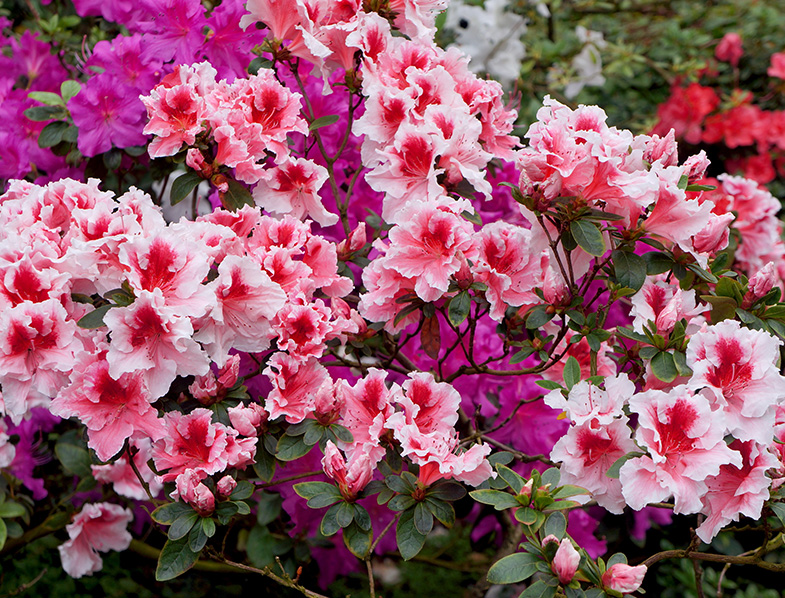
Azalea Overview
- Azaleas are flowering shrubs that are well known for being hardy, being able to withstand cold temperatures, and grow well in acidic soil even with low nutrient levels.
- They are composed mainly of two groups, which are deciduous and evergreen. These two groups are primarily distinguished by the fact that deciduous azaleas lose their leaves in the fall, while evergreen azaleas keep most of their leaves all year round.
- Beginners mostly prefer evergreen Azaleas as they are easier to propagate and also have a greater variety when it comes to color. The downside is that this type is less hardy and prefers warmer climates. On the other hand, deciduous varieties are more robust, have larger leaves, and can grow in extremely cold environments.
- Deciduous azaleas also grow taller, reaching around eight to fifteen feet, compared to evergreens, which can only grow up to six feet.
- Azaleas are usually sold as container-grown plants or have a ball of soil to protect their delicate roots.
- When buying azaleas, it is best to consider the local climate to be able to choose the variety that grows best in your location.
- While azaleas can be planted during any time of the year, it is best to plant them during fall so that you would have enough time to prepare it for the hot summer. The only downside of growing them in the fall is that you would need to wait for a longer time to see the plant in full bloom.
- If you want to see the flowers bloom immediately, you can plant them in the spring. However, great care must be taken, and proper watering must be done to ensure that the plant will be able to survive the oncoming summer heat.
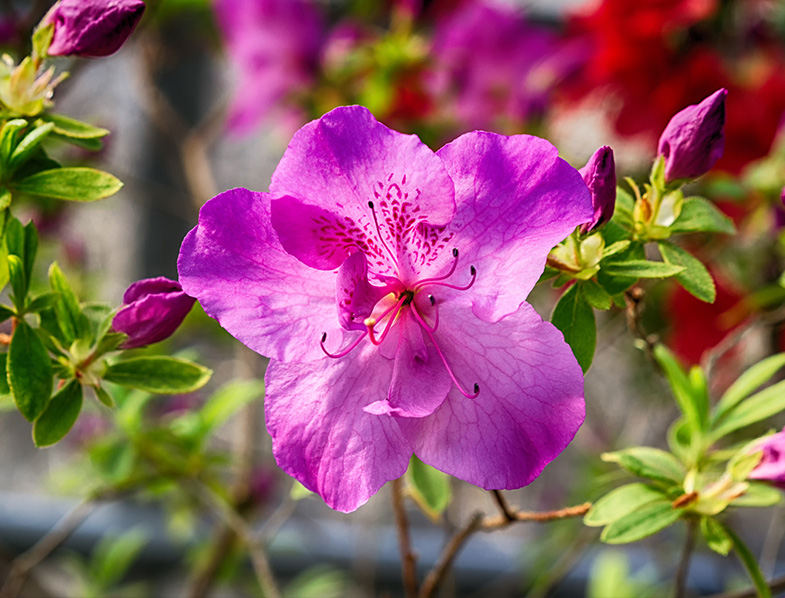
Growing Azaleas
The good thing about azaleas is that they don’t have too many growth requirements, albeit they are a bit specific. Azaleas must be planted in acidic soil, which means that it should have a pH level between 4.5 and 6.0.
Aside from this, it must also be planted in soil with good drainage for its shallow roots. A soil that is rich in organic material will be incredibly beneficial for your azalea, as long as it still drains well.
You can create our own organic-rich soil by mixing in a large amount of peat moss to the soil you already have lying around. If your land does not have good drainage, it is recommended to place the shrub on a raised bed.
When it comes to sunlight, it is best to keep azaleas in small amounts of shade, especially when grown in places with warm climates. Although, flowers in colder climates can be left out in the open.
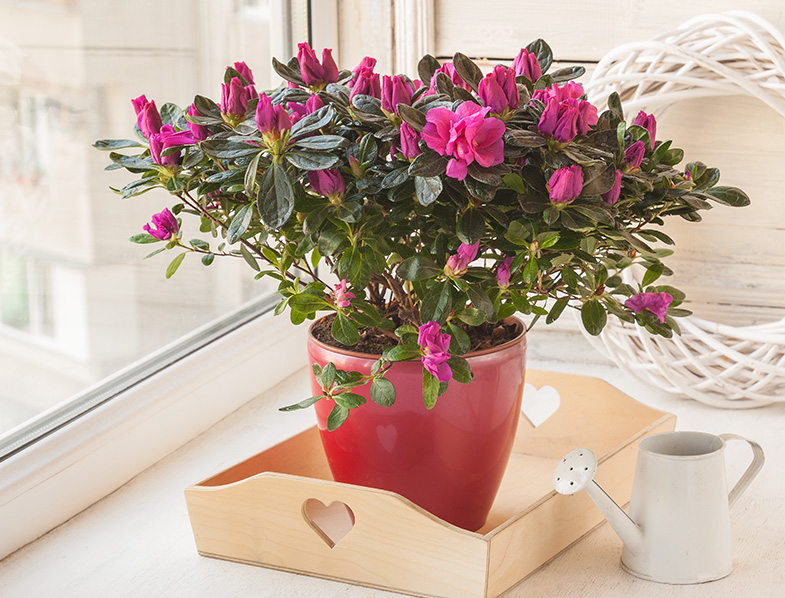
Too much exposure to sunlight can burn the petals, while too little can prevent the plant from getting enough oxygen needed for growth. It is generally recommended to place the flowers in a spot where it can get sunlight in the morning and be in the shade during the afternoon.
This plant can survive well in various temperatures, averaging from 30ºF to 85ºF (-1ºC to 30ºC). Some azaleas, such as the white variety, cannot withstand temperatures above 80ºF (27ºC), or else the blossoms would wither and fall.
It is also essential to keep the azaleas free from pests and diseases. Pest infestations in azaleas rarely occur, but they do happen. Lace bugs are the most common pests. A lace bug infestation can easily be identified as yellow or white foliage along with clusters of these bugs under the leaves.
These kinds of infestations are very easy to treat with common insecticides. When it comes to diseases, deciduous varieties may suffer from petal blight, root rot, and leaf spots, which can be prevented by maintaining proper drainage in the soil and conserving water.
These shrubs do not require too much pruning, and you usually only need to cut off branches that are infected, dead, or are about to die. Additionally, mulching is highly recommended as it protects the root system and keeps the soil moist for longer.
- USDA zone 6a-10b
- Mature size 48 in. W x 54 in. H
- Blooms spring, summer, fall
- Part shade to full sun
- Evergreen- year round interest
- Hardiness Zone 7-9
- Full Sunlight
- Height 3' Width 3'
- 1 gallon
- Sunlight exposure: Partial Sun
- FAST GROWING: Encore Azalea Autumn Bonfire is a fast-growing dwarf azalea that glows with beautiful red single and semi-double bloom throughout the spring, summer, and fall. Like every Encore Azalea, this one will be a great addition to your garden year-round because it holds onto its bright green foliage. Bonfire is larger than the similarly named Autumn Fire, with a mature dimension of 3' high by 3' wide.
- ATTRACTS BUTTERFLIES: Butterflies and hummingbirds alike love the flowers of this azalea, and they will be sure to make a stop on these deep, true red azaleas. To create a low-growing hedge along walkways or foundations, you can use this Encore Azalea shrub in large quantities. Or, use a single plant as a colorful accent in a mixed garden bed or containers on patios.
- LOW MAINTENANCE: Encore Azalea Autumn Bonfire is a low-maintenance plant that makes a statement once established. Although not necessary, you can prune this evergreen shrub after the spring bloom to promote future growth.
- USDA ZONES: Encore Azalea Autumn Bonfire is hardy in USDA Zones 6a-10b. Plant in full sun to partial shade as it requires 4-6 hours of sunlight to provide optimum growth and flowering. Water thoroughly twice per week until established, then water once per week.
- POTTED PLANT: Ships as a 1-gallon potted plant with soil from the Alabama Gulf Coast. Not guaranteed to be in bloom on arrival. This plant is unavailable to ship to Hawaii and Alaska.
Last update on 2024-10-05 / Affiliate links / Images from Amazon Product Advertising API
Watering Azaleas
Water requirements may vary between azalea species, as well as the climate and the amount of light that your shrub is exposed to. If it is placed in a colder region or shaded area, it is typically best to water the shrub less, only as often as twice or thrice a month.
In warmer regions, you may need to water it around once or twice a week. Be sure to check the soil moisture before watering as these plants generally cannot tolerate soil soaked with too much water due to its shallow roots, or it will drown.
It is crucial to provide good drainage to the soil to avoid these conditions. It can also be a good rule of thumb to water the plants as soon as the upper three inches of the soil starts drying out.
Propagating the Azalea
Azaleas are typically propagated through two methods. The first method involves cutting a part of the stem just a little below the point from where a leaf attaches. Remove all flower buds and leaves from the cutting and dip the end of the cut stem into a rooting hormone.
Then, place the cutting into a well-draining rooting medium at a depth of around one-third of the cutting’s height. Place a plastic bag over the cutting to trap in moisture and position it in an area with bright, indirect sunlight.
The roots should start to develop after two months. You can then remove the plastic covering and expose the plant to direct sun in the morning. The plant can be transferred to a different pot after four months and would have grown enough to be placed outdoors by the next spring.
For the second method, you would need to grow the azalea seeds. This will definitely require more time than the first method, but will surely be worth the wait. Planting the seeds will result in growing new shrubs that could look like either one of its parents or a mixture of both.
Azaleas propagated using the first method will always look like the parent, so this method would be best if you want to have more variety and colors in your garden.
In Conclusion
The azalea is a beloved flowering shrub that is not only beautiful but also very easy to maintain. It is easy to see why it has continuously remained as one of the favorite flowers of gardeners.
It can be a wonderful addition to your garden as well as an excellent decorative plant to have inside the house. They are a good option for beginners because they require only a little bit of maintenance and can keep growing through all the months of the year, making it a shrub that is as strong as it is lovely.
Its vibrant blooms will surely be something to look forward to whenever the spring season comes around.
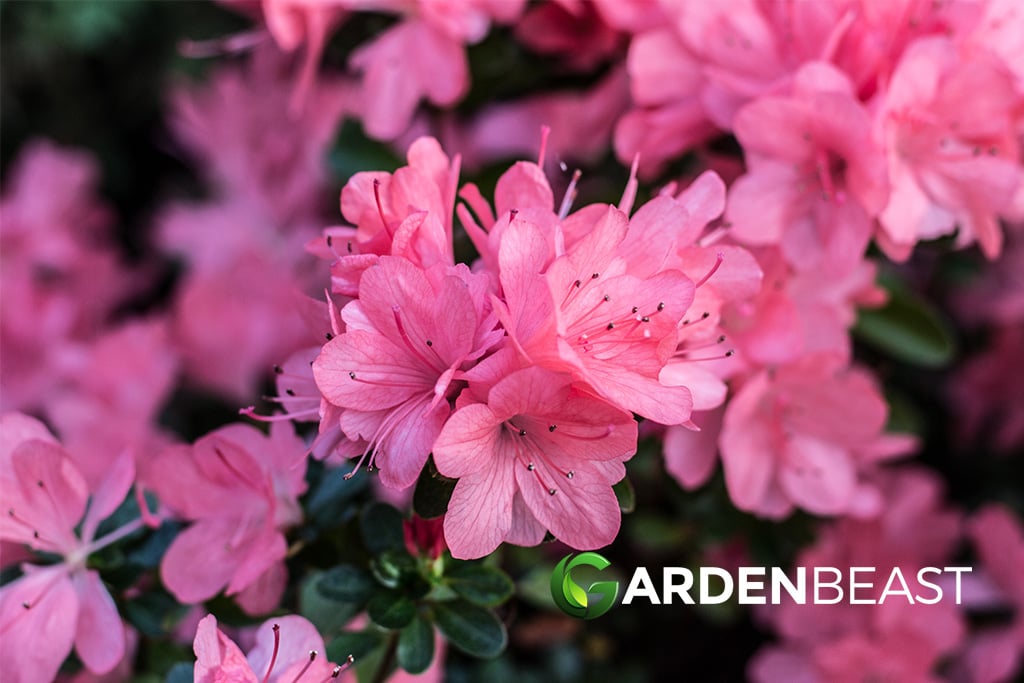
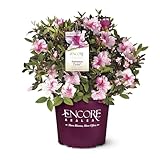

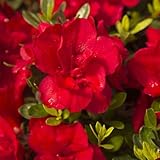
1 Comment
A Educative write up